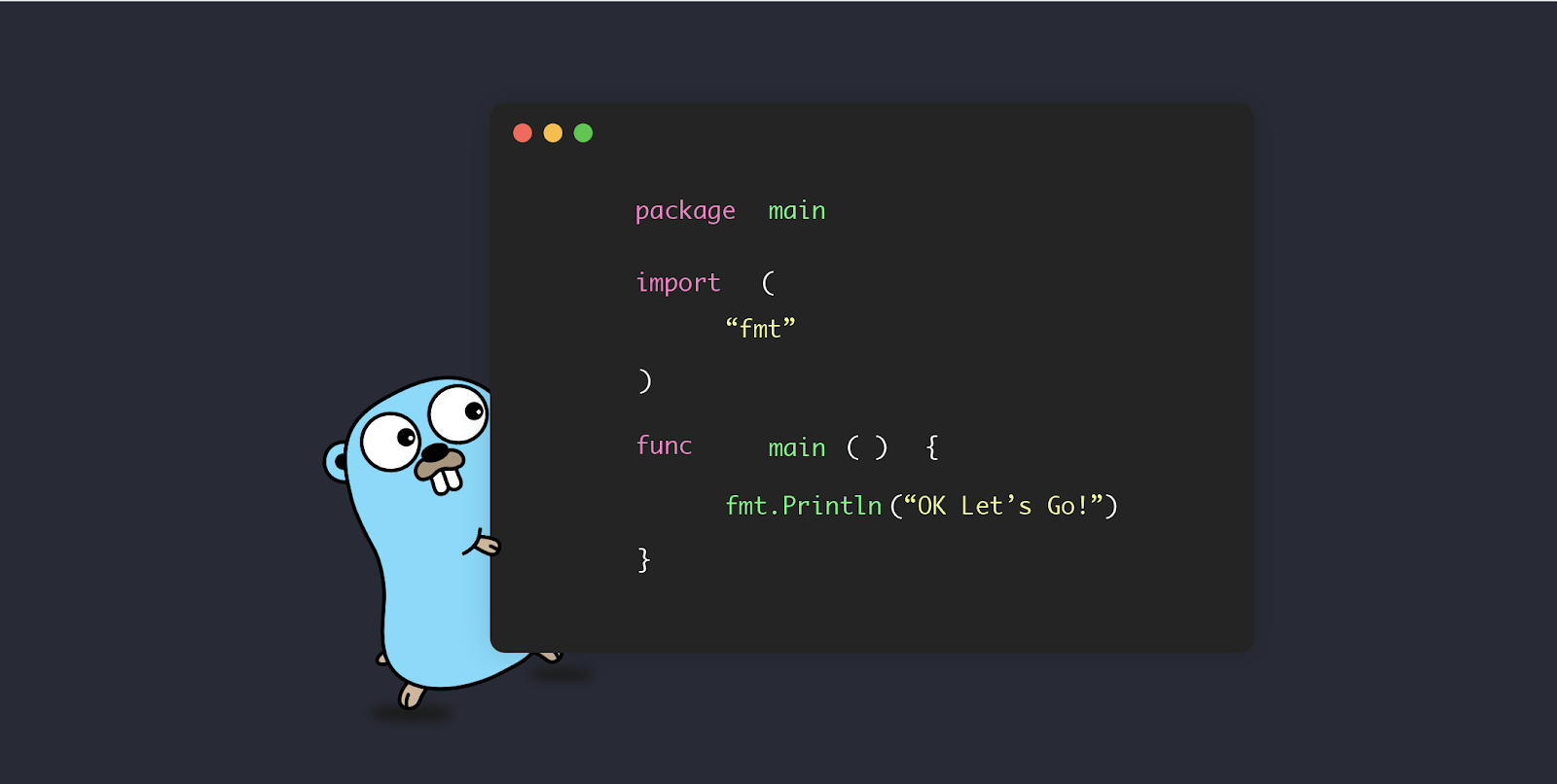Methods and pointer indirection are two crucial concepts in the Go programming language, often referred to as Golang. They allow you to work with data and methods in a way that promotes code efficiency, flexibility, and readability. In this blog, we'll explore the world of methods and pointer indirection in Go, covering their definition, use cases, syntax, advantages, and best practices. Whether you're new to Go or looking to deepen your understanding of these concepts, this guide will help you become a Go master.
Understanding Methods in Go
In Go, a method is a function that is associated with a specific type. It allows you to add behavior to your user-defined types. Methods are declared using a special syntax that includes a receiver parameter, which specifies the type the method operates on.
Here's the basic syntax of a method in Go:
func (receiverType) methodName(parameters) returnType {
// Method implementation
}-
receiverType: The type to which the method is associated. It can be a user-defined type like a struct or an alias to a built-in type. -
methodName: The name of the method. -
parameters: The input parameters, if any, that the method accepts. -
returnType: The type of the value that the method returns.
Use Cases for Methods
Methods in Go are versatile and find use in various scenarios, including:
-
Abstraction: Methods help encapsulate implementation details within types, promoting code abstraction and modularity.
-
Object-Oriented Programming (OOP): While Go doesn't have traditional classes, methods allow you to implement OOP concepts like encapsulation, polymorphism, and inheritance.
-
Custom Data Types: Methods enable you to define behaviors for custom data types, such as structs, effectively turning them into self-contained objects.
-
Reusable Code: Methods promote code reuse by allowing you to attach behaviors to types and reuse them across different instances.
-
Interface Implementation: Methods are used to satisfy interfaces in Go, making it possible to define custom behaviors for types that adhere to certain contracts.
Advantages of Methods
Methods offer several advantages in Go:
-
Encapsulation: Methods allow you to encapsulate data and behavior within types, promoting information hiding and reducing complexity.
-
Cleaner Code: Methods lead to cleaner and more organized code by associating behaviors directly with types.
-
Readability: Methods improve code readability by providing a clear structure for defining and using behaviors associated with types.
-
Reusability: Methods encourage code reusability by attaching behaviors to types that can be instantiated and reused across the program.
-
Polymorphism: Methods enable polymorphic behavior in Go by allowing different types to implement the same method signature.
Understanding Pointer Indirection
Pointer indirection is the process of using pointers to access and modify values indirectly. In Go, you can use pointers to modify values in memory directly, rather than working with copies of values. Pointer indirection is crucial for understanding how methods operate on types.
Methods and Pointer Receivers
In Go, you can define methods that operate on values of a type or on pointers to that type. This choice of receiver type impacts how the method interacts with the data.
Value Receivers
When a method uses a value receiver, it operates on a copy of the value. This means that any modifications made to the value inside the method are not reflected in the original value.
Here's an example with a value receiver:
package main
import "fmt"
type Circle struct {
Radius float64
}
// Value receiver method
func (c Circle) DoubleRadius() {
c.Radius = c.Radius * 2
}
func main() {
c := Circle{Radius: 5}
c.DoubleRadius()
fmt.Println(c.Radius) // Output: 5
}In this example, the DoubleRadius method operates on a copy of the Circle value, so the original value remains unchanged.
Pointer Receivers
On the other hand, when a method uses a pointer receiver, it operates on the original value directly. This allows you to modify the original value.
Here's an example with a pointer receiver:
package main
import "fmt"
type Circle struct {
Radius float64
}
// Pointer receiver method
func (c *Circle) DoubleRadius() {
c.Radius = c.Radius * 2
}
func main() {
c := &Circle{Radius: 5}
c.DoubleRadius()
fmt.Println(c.Radius) // Output: 10
}In this example, the DoubleRadius method operates on a pointer to the Circle value, so the original value is modified.
Use Cases for Pointer Receivers
Pointer receivers are particularly useful when you want to:
-
Modify the Original Value: If a method needs to modify the original value, use a pointer receiver to operate on the value directly.
-
Reduce Memory Overhead: When dealing with large data structures, using pointer receivers can reduce memory overhead because you're working with references to data instead of copying data.
-
Avoid Copying: Pointer receivers avoid copying values, making them more efficient for methods that don't need a copy of the value.
Best Practices for Methods and Pointer Indirection
To make the most of methods and pointer indirection in Go, consider the following best practices:
-
Choose Receiver Type Carefully: Decide whether to use a value receiver or a pointer receiver based on whether you need to modify the original value.
-
Document Your Intent: Use clear and consistent naming conventions to indicate whether a method uses a value or pointer receiver.
-
Avoid Mixing Receiver Types: Within a type, stick to either value or pointer receivers for consistency.
-
Avoid Nil Pointer Dereferences: Be cautious when using pointer receivers to avoid nil pointer dereferences. Check for nil pointers before using them.
-
Use Pointers for Large Values: For large data structures, use pointer receivers to avoid copying large amounts of data.
Conclusion
Methods and pointer indirection are essential concepts in Go that enable you to work with data and behaviors effectively. By understanding how to use value and pointer receivers and following best practices, you can write efficient, readable, and maintainable code in Go. Whether you're building web applications, system-level utilities, or complex data processing pipelines, mastering methods and pointer indirection is crucial for becoming a proficient Go developer
